Religious education isn’t part of the National Curriculum, but it is compulsory in all maintained primary schools.
RE sometimes seems to be more like an add-on than an integral part of what takes place in the classroom. But learning about other faiths and beliefs is key to fostering tolerance in young minds.
Is your child’s school embedding RE in learning? Former primary school teacher Emma Shingleton of education resource experts PlanBee has some great ideas.
RE displays
Look out for a display board, or even on a table tucked in a corner. Children can be engaged in designing the board, linking it to the RE theme being taught at the time. The board could even be given to a different group of children every half term to keep it updated. What about a small table displaying books and religious artefacts related to the theme/religion? A big question box is also a great addition. A shoe box covered in wrapping paper with a cut-out post hole would work fine. Children can be supplied with slips of paper that they can use to write big questions relating to what they are learning about and how it links to their own experiences. These questions can be discussed at the end of the day or saved for a dedicated lesson.
Daily reflections
Religious prayer is a time for reflection. One way to ensure RE is embedded in the classroom is to introduce a time each day where children are able to reflect, whether on their learning, how they are feeling or something that happened that day.
This could become part of the daily routine. The teacher might even like to link this to a daily question based on a religious story. These could be provided or thought of by the children.
 Making connections
Making connections
Rather than thinking of RE as a stand-alone subject, it’s great if teachers create links across other subjects to embed the learning further. Some examples:
• Geography: link learning about countries to their religions – e.g. the most popular religion in the UK is Christianity closely followed by Islam.
• History: compare ancient religions to modern religions and how they have evolved and changed.
• English: share and compare stories from different religions.
• Maths: make links to religious stories such as calculating how much fish and bread would be needed to feed 5,000 children.
• Science: when children are learning about animals and life cycles, this can be connected to beliefs about animals in other religions, such as animal symbolism in Hinduism.
• Religious values can be related to school values.
Making comparisons
There are often two strands of objectives in RE – learning about religion and learning from religion. Being able to compare children’s learning to their own experiences is an important skill when learning about religions other than their own.
What does it mean to learn ‘from’ religion?
By the end of KS1, children should be able to talk about and suggest meanings behind different beliefs and practices, including some religious and moral stories, as well as being able to express their own ideas and opinions.
By the end of KS2, children are expected to build on this learning by being able to reflect on and respond to the significance of the meanings of these beliefs and practices in addition to expressing their view on why having a faith may be valuable (within this, understanding that those with no faith also have a belief system).
Celebrating religious days
It is important to consider the diversity of the children in the classroom and celebrate a wide range of religious celebrations with them. Some of these could include:
• Islamic festivals such as Eid al-Fitr, Eid al-Adha and Ramadan
• Holidays from Christianity such as Christmas and Easter
• Hindu festivals such as Diwali and Holi
• Hanukkah and other religious celebrations from the Jewish faith
